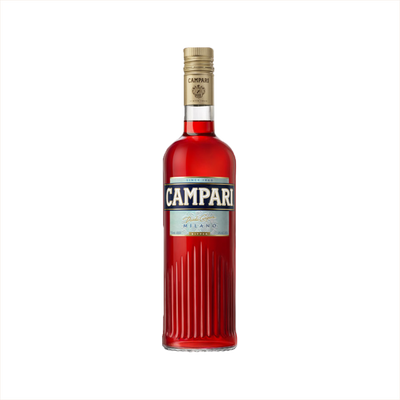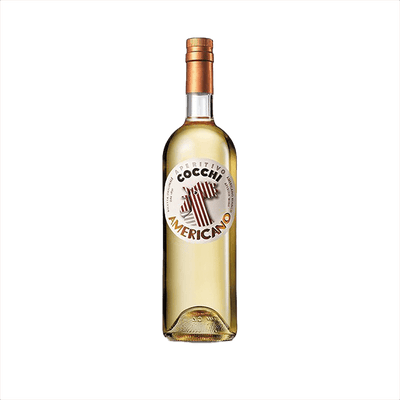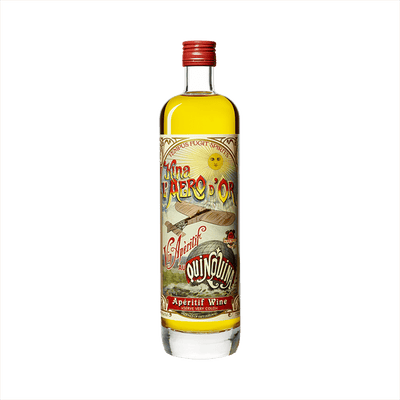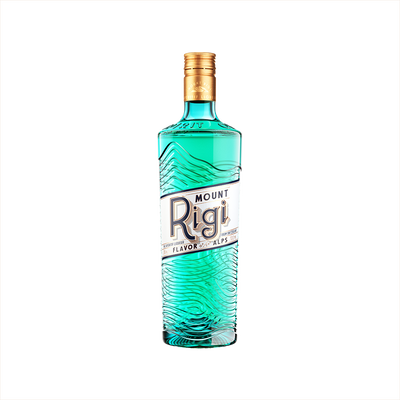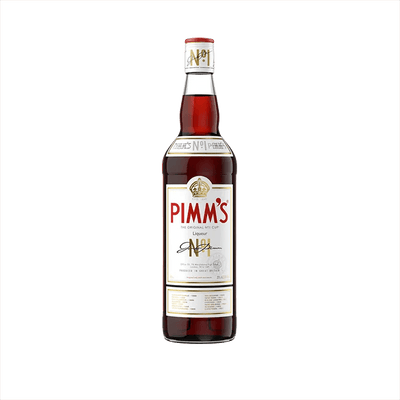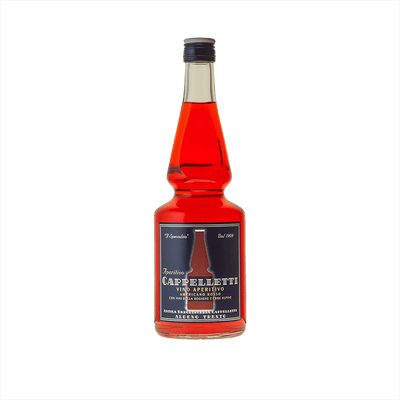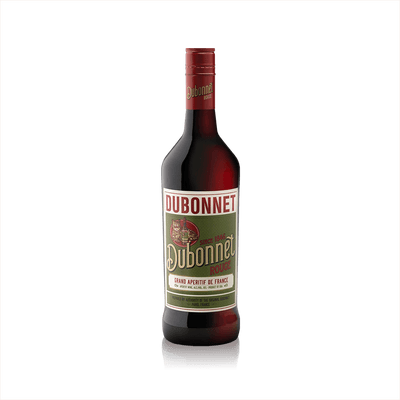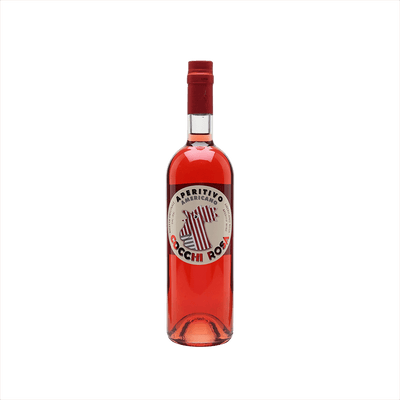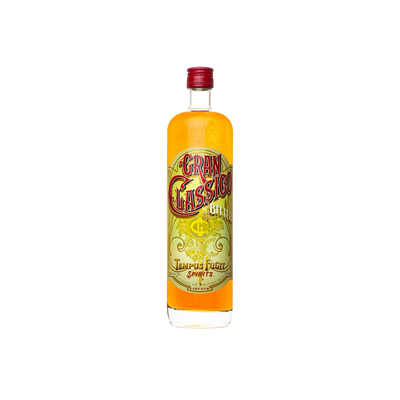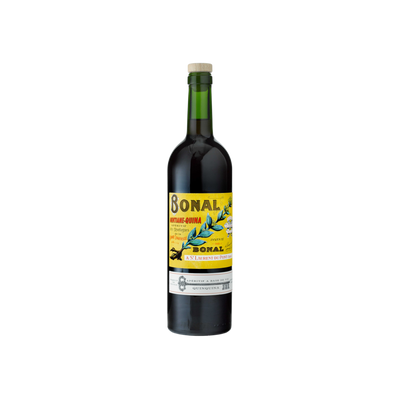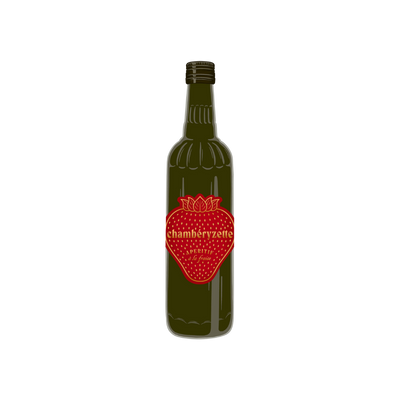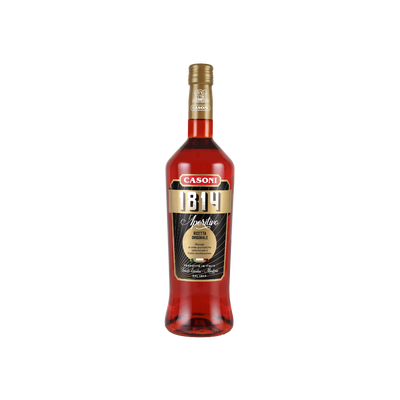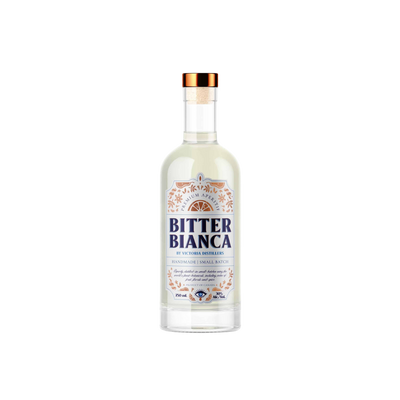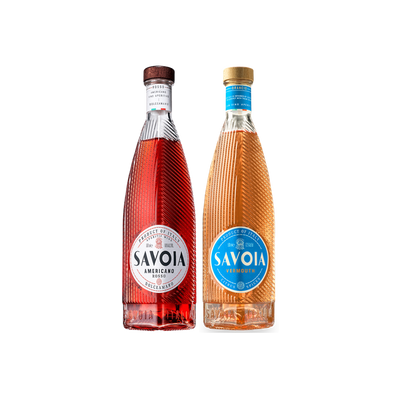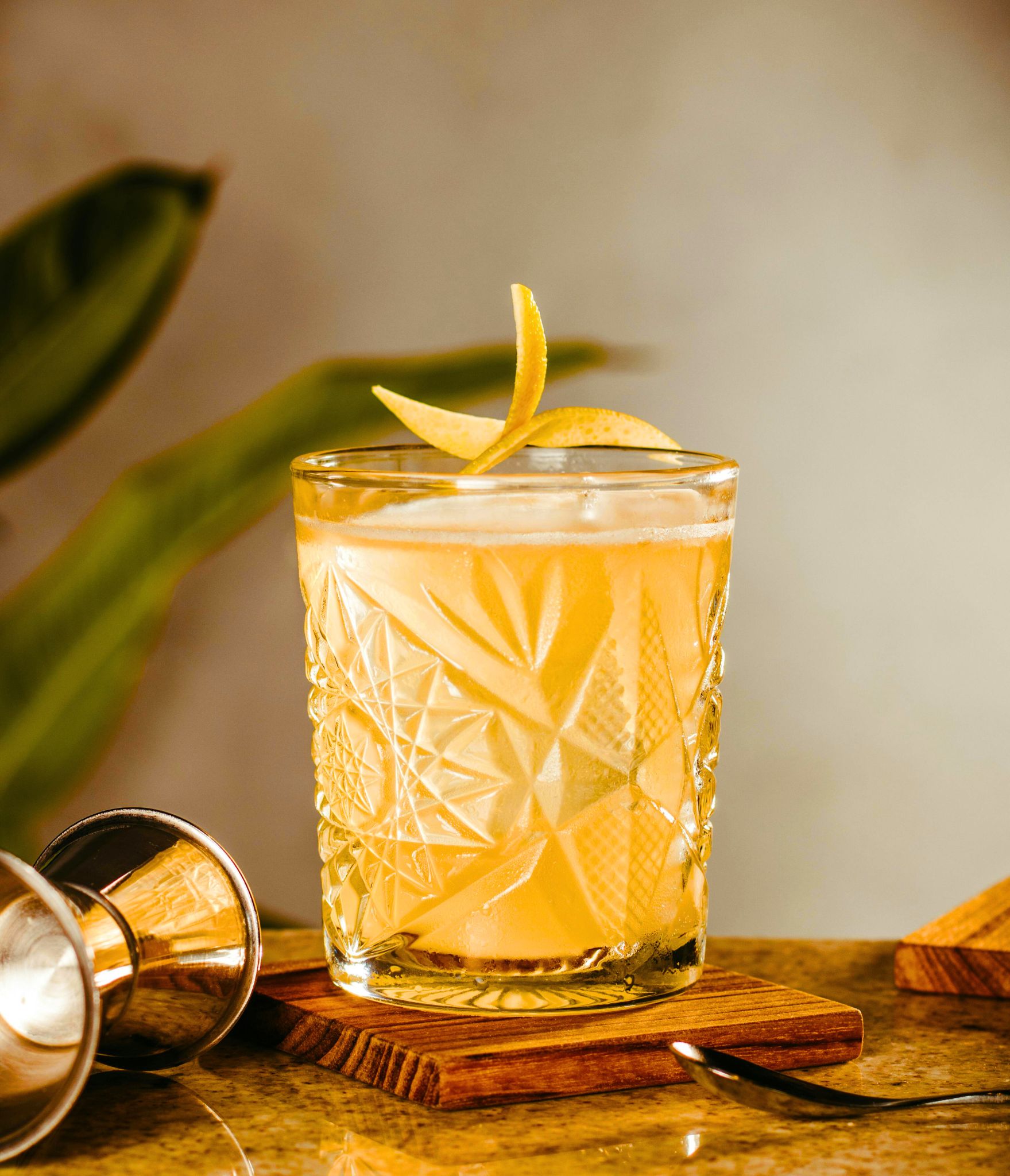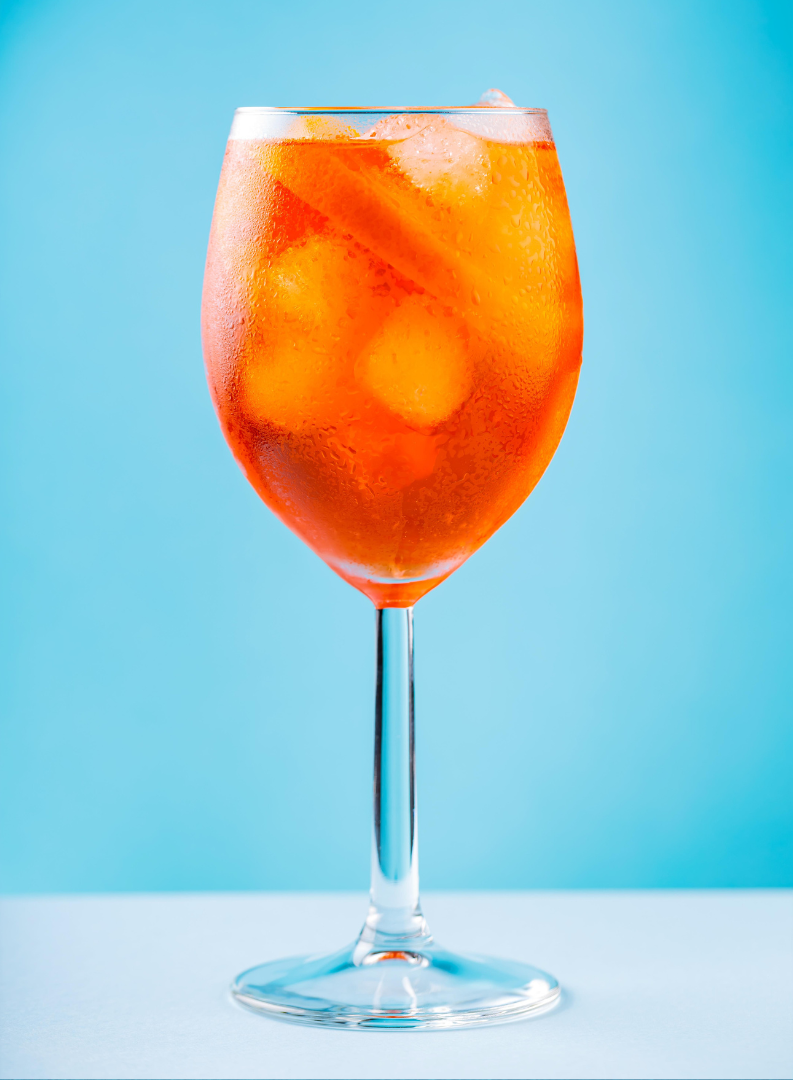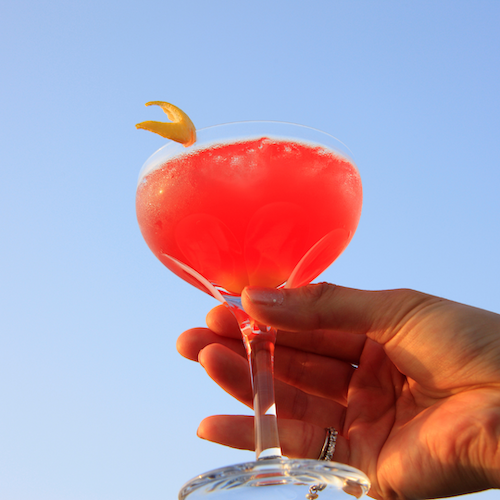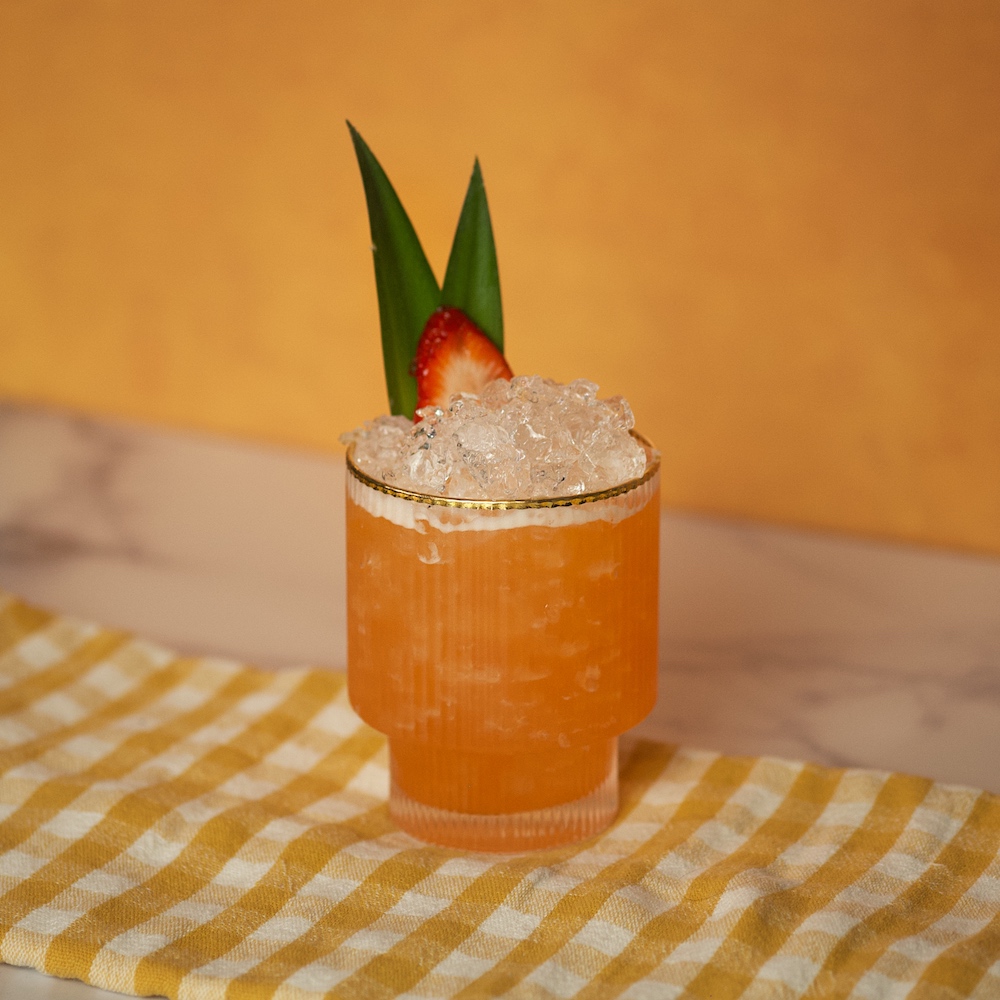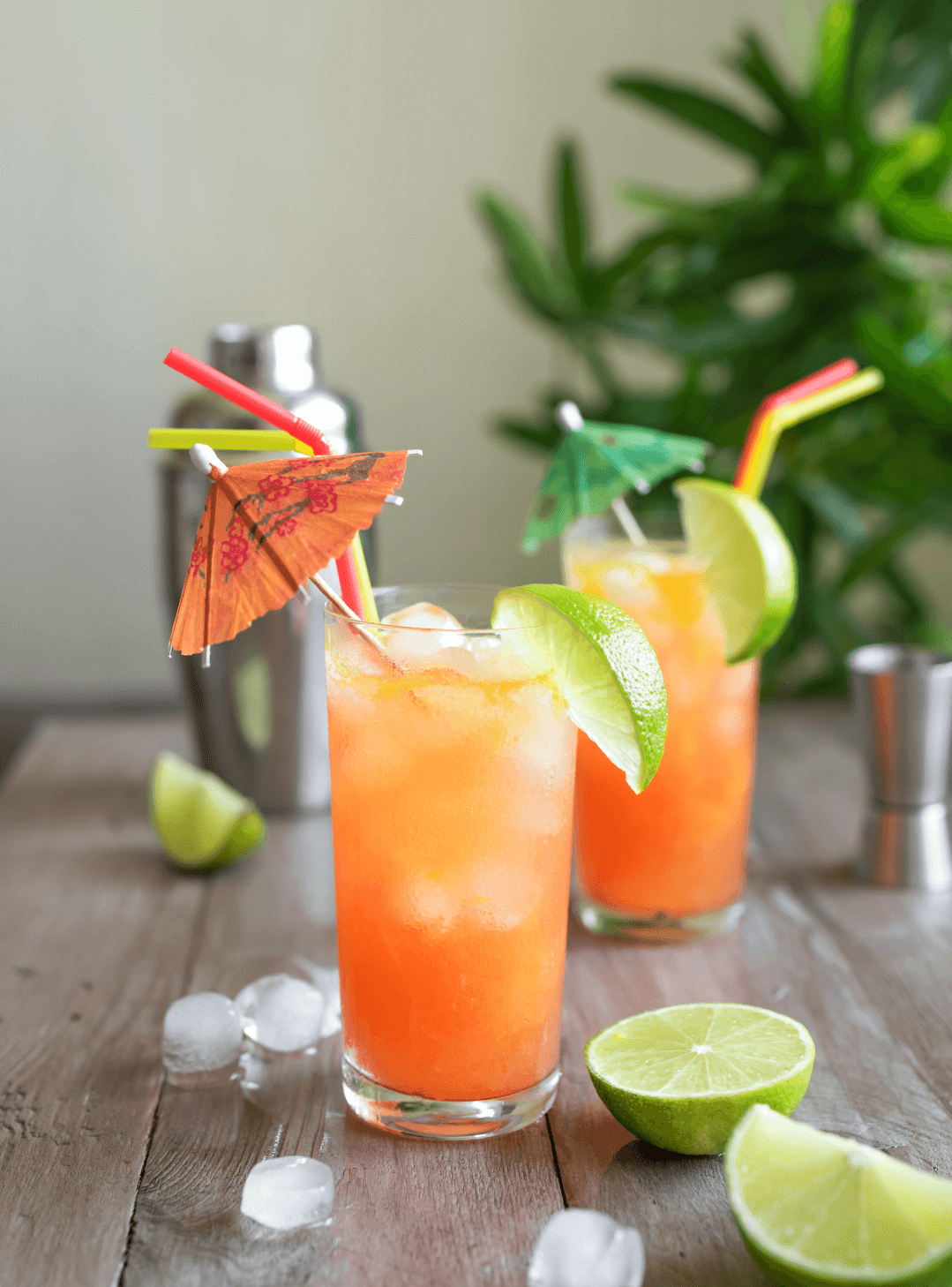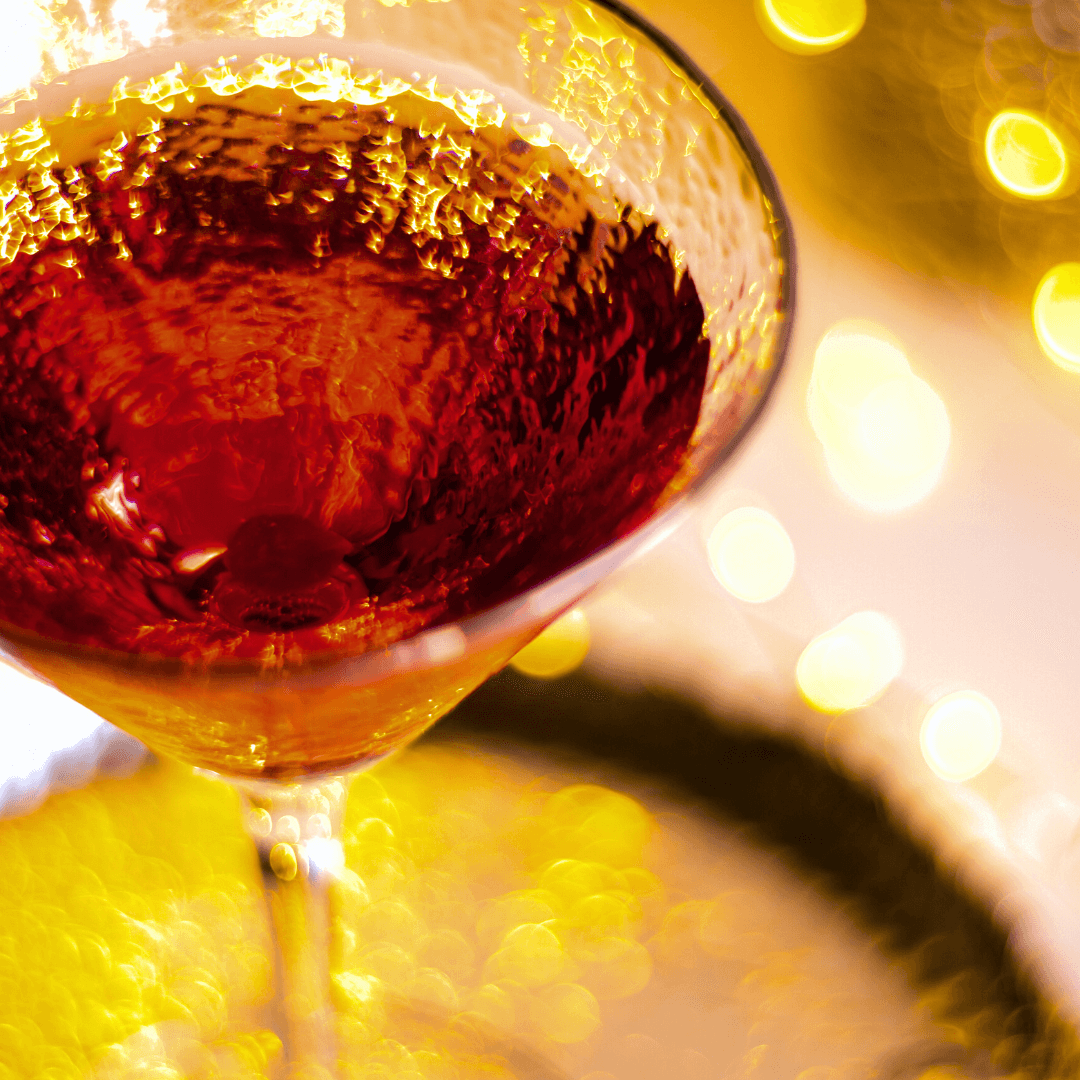Aperitifs
What is Aperitifs?
Aperitifs represent a distinct category within the broader family of Amari & Aperitifs, specifically designed to stimulate your appetite before a meal. These lower-alcohol spirits typically clock in between 11-25% ABV and feature bright, bitter, and herbaceous flavors that awaken your palate rather than satisfy it. What sets aperitifs apart from their digestif cousins is their intentionally lighter touch and refreshing character, often incorporating citrus peels, gentian root, and aromatic herbs that make your mouth water for the food to come.
Learn More About Aperitifs
What makes Aperitifs unique?
Aperitifs stand apart from their amari cousins through their intentionally lighter, more refreshing character and lower alcohol content, typically ranging from 11-25% ABV compared to amari's 16-40%. While amari were traditionally created as digestivi to aid digestion after meals, aperitifs were specifically formulated to stimulate the appetite before dining, featuring brighter citrus notes, floral botanicals, and a more approachable bitterness that awakens rather than soothes the palate. This fundamental difference in purpose shaped everything from their flavor profiles to their serving style – aperitifs shine when served chilled over ice or mixed into spritzes, while many amari are best appreciated neat at room temperature.
How is Aperitifs made?
Aperitifs are typically created by infusing a neutral spirit or wine base with botanicals like herbs, roots, bark, and citrus peels through maceration, where ingredients steep for weeks or months to extract flavors and colors. Many producers then add sugar or honey for balance, and some age the mixture in wooden casks to develop complexity. The exact blend of botanicals remains closely guarded by each producer, with recipes often passed down through generations and featuring anywhere from a dozen to over 130 different ingredients.
How do you drink Aperitifs?
Aperitifs shine brightest when served chilled over ice with a splash of soda water or tonic, though many Italian varieties like Campari and Aperol work beautifully neat as well. These bitter-sweet spirits are the backbone of classic cocktails like the Negroni, Aperol Spritz, and Americano, where their herbal complexity plays perfectly with gin, prosecco, or vermouth. Spring and summer are prime aperitif seasons, especially during those golden pre-dinner hours when you want something refreshing that awakens your appetite rather than overwhelming it.
How do I choose a good Aperitifs?
Start by considering your flavor preferences and the season—bitter, herbal options like Campari or Aperol work wonderfully in warmer weather, while wine-based aperitifs such as Lillet or vermouth shine when you want something lighter and more floral. Think about your cocktail plans too: if you're mixing a Negroni, reach for a quality Italian bitter; for a classic martini, invest in a good dry vermouth that you'll actually want to sip on its own. The best aperitif is one that not only complements your cocktails but also stands confidently solo over ice with a twist of citrus—this dual purpose means you're getting real value from every bottle.
Nutritional Information
Typical Calorie Range per Ounce: 80-120 calories
Typical Carbohydrate Range per Ounce: 8-15 grams
Typical Sugar Range per Ounce: 6-12 grams
Typically Gluten Free: Yes
Most aperitifs are made from wine, herbs, and botanicals, making them naturally gluten-free. Popular options like Aperol, Campari, and Lillet fall into this category. The higher calorie and sugar content comes from the added botanicals, sweeteners, and the base wine or neutral spirits used in production.
Keep in mind that serving sizes for aperitifs typically run 2-3 ounces when served neat or on the rocks, though they're often mixed into cocktails like spritzes where the aperitif portion might be smaller. The bitter varieties tend to sit on the lower end of the sugar spectrum, while sweeter styles like some vermouths can push toward the higher ranges.
Always check detailed product information and labels to confirm gluten-free status, as production methods and ingredients can vary between brands and specific products.
Scrolled this far? Your reward? Aperitifs Trivia!
- The word "aperitif" comes from the Latin "aperire," meaning "to open," but here's the kicker: medieval monks believed these bitter herbal drinks literally opened your stomach by relaxing the pyloric sphincter. While anatomically questionable, their observation about appetite stimulation was spot-on – those bitter compounds actually trigger digestive enzymes and increase saliva production.
- Campari's signature red color originally came from crushed cochineal insects (the same bugs used to dye red velvet cake), and the company only switched to artificial coloring in 2006. For over 140 years, you were essentially drinking beetle juice – and most people never knew the difference.
- French law requires that authentic Lillet be made with wines from specific Bordeaux appellations, but during World War II, when those vineyards were occupied, the company secretly moved production to North Africa using Moroccan and Tunisian wines. The "wartime Lillet" developed such a devoted following that some bartenders still seek out bottles from that era.
- Suze, the intensely bitter French aperitif, is made from wild gentian roots that can only be harvested by licensed diggers in the Massif Central mountains. These roots grow for 20-30 years before harvest, and a single bottle of Suze contains roots that are older than most of the people drinking it. The harvesting rights have been passed down through families for generations.
- The classic Negroni was supposedly invented when Count Camillo Negroni asked his bartender to strengthen his Americano cocktail by replacing soda water with gin in 1919. But here's what most people don't know: the Count was reportedly trying to impress a woman at the bar, and the drink became so popular that his family tried (and failed) to trademark the name decades later.
Higher-proof spirits can be intense. Mix carefully, taste thoughtfully, and enjoy responsibly.
Gift message (optional)

